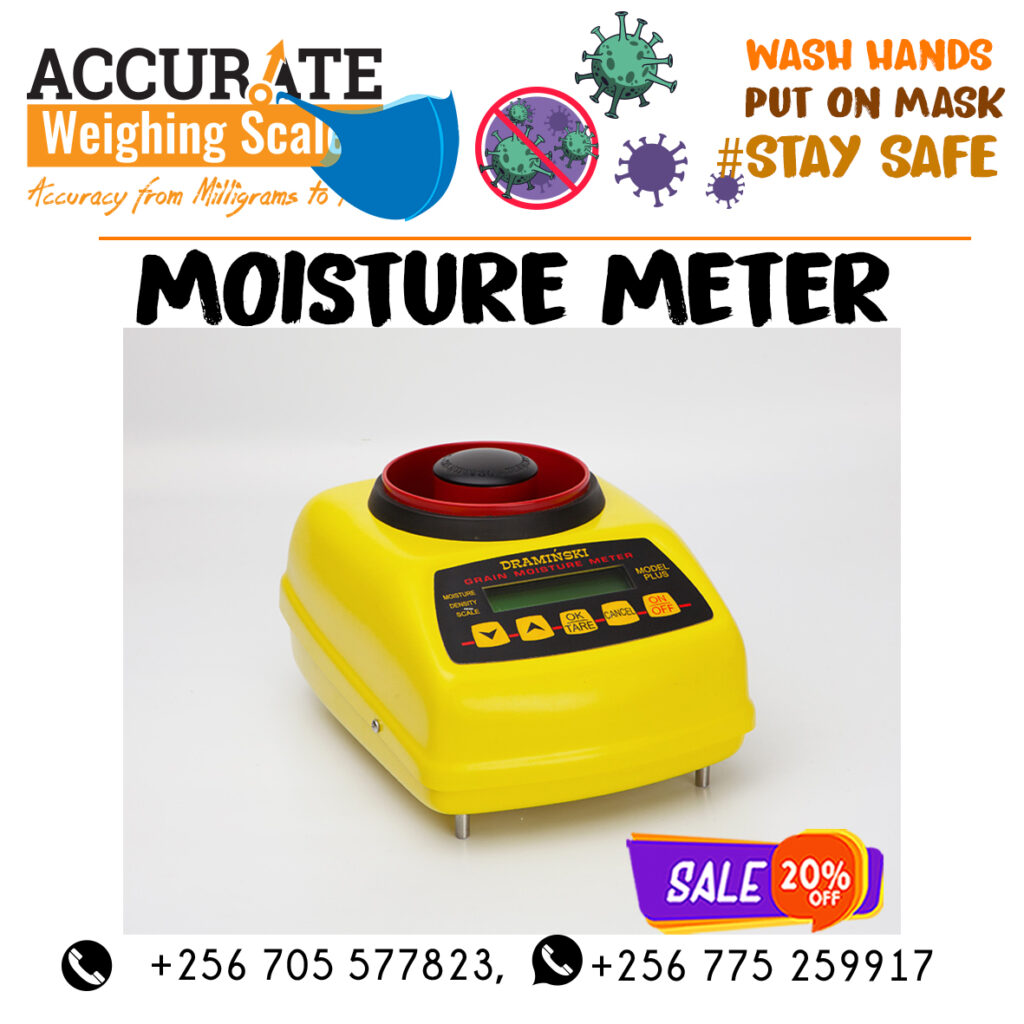Moisture Meters that are regularly calibrated by us should give reliable results. Getting an unexpected claim does not always mean that your meter is wrong but is an indication that something may be wrong.
A good way of ensuring that your meter is correct is to purchase known calibration standards from us (part No 1900-6352), and check your meter against them regularly throughout the harvest. At the first sign that your meter is incorrect contact the Sinar Technology Service Centre and we will help you solve the problem.
Checking your meter against another meter of different manufacture and unknown accuracy is not recommended as this can give misleading & confusing results.
How Do You, The Manufacturer, Calibrate Meters?
By this do you mean how do we set the initial calibration for a commodity or how do we calibrate an instrument when it’s back for service or repair?
If it’s the former, then over the last 20 years or so, each harvest we’ve collected samples of all the commodities we measure with our meters and oven tested them. The results of these tests are then used to adjust the programming within the meters to make the results you get more robust with time.
If it’s the latter, then firstly we calibrate the hardware to ensure that the mechanics and the electronics are performing to their specifications. Then we check that the moisture results are within specification against a range of known calibration standards. Finally we put each instrument through a final check procedure with a different set of oven tested, calibration standards to confirm the calibration.
Which Is Best, A Conventional Meter Or A Grainspear?
That’s an impossible question to answer as they are designed to be used differently. You should choose the one that is best for the situation you have. Many organizations have more than one type to suit different applications.
A spear is more commonly used for on-floor drying and in-bin storage. For use in the drying shed, in-field or for loading-in/out grain a traditional design is preferable. However there are no hard and fast rules about which one should be used where, usage and budget will determine which one you require. Call our sales team to discuss your particular situation.
Which Measuring System Is Best, Resistance Or Capacitance?
It all comes down to what you want to do with your moisture meter. Neither system has a distinct advantage over the other, however for continuous checking of larger samples, pre and post drying, the AP 6060 is a quick and simple to use, whole grain, capacitance meter which enables fast throughput and is one of the most accurate on the market. It’s large sample size gives a more representative sample.
The Sinar AgriPro marries the convenience of whole grain testing with a small sample size – ideal for spot checks around the farm & field. Resistance instruments require less sample, tend to be ‘grinder’ style and are somewhat slower to use. Having said that, our Sinar FarmPro meter quickly measures moisture content, after a simple one step grinding/measuring operation, using only either 9ml or 11ml of sample, and is ideal for field walking prior to cutting.

